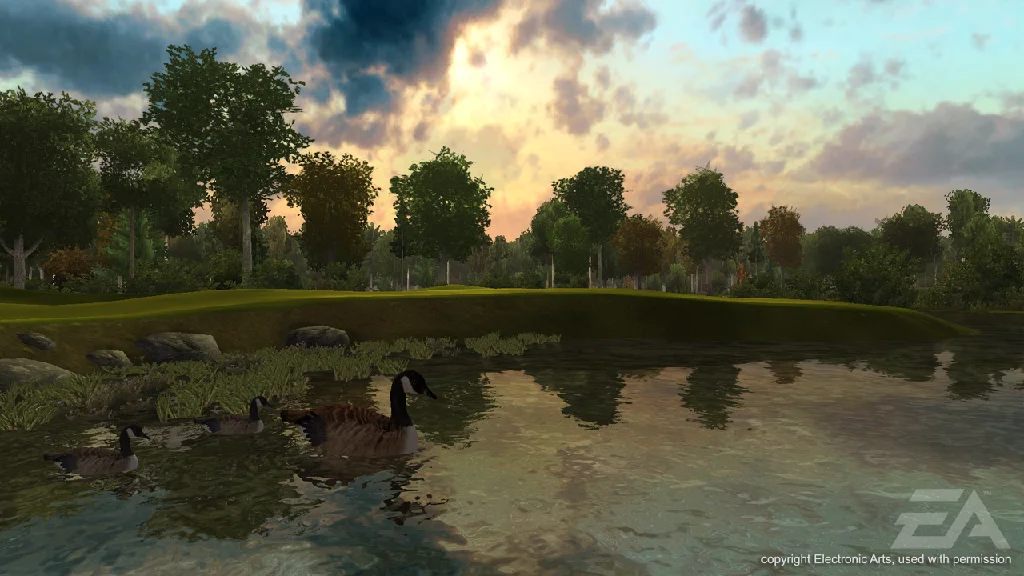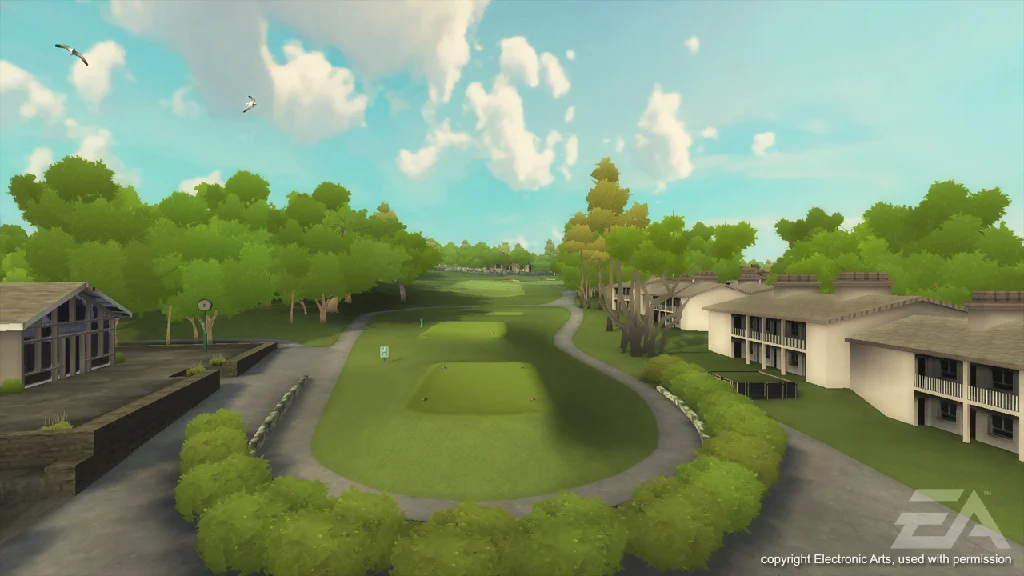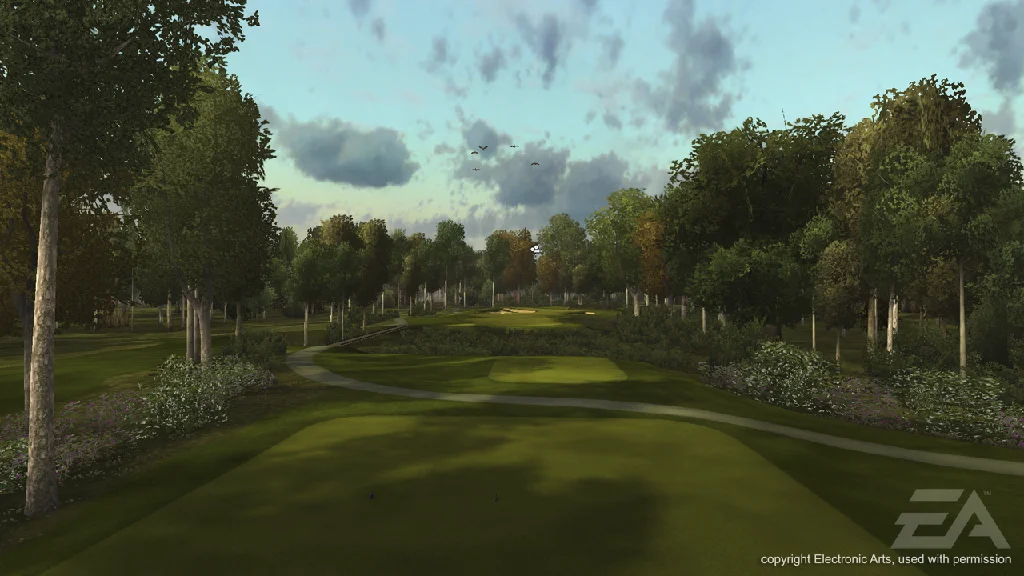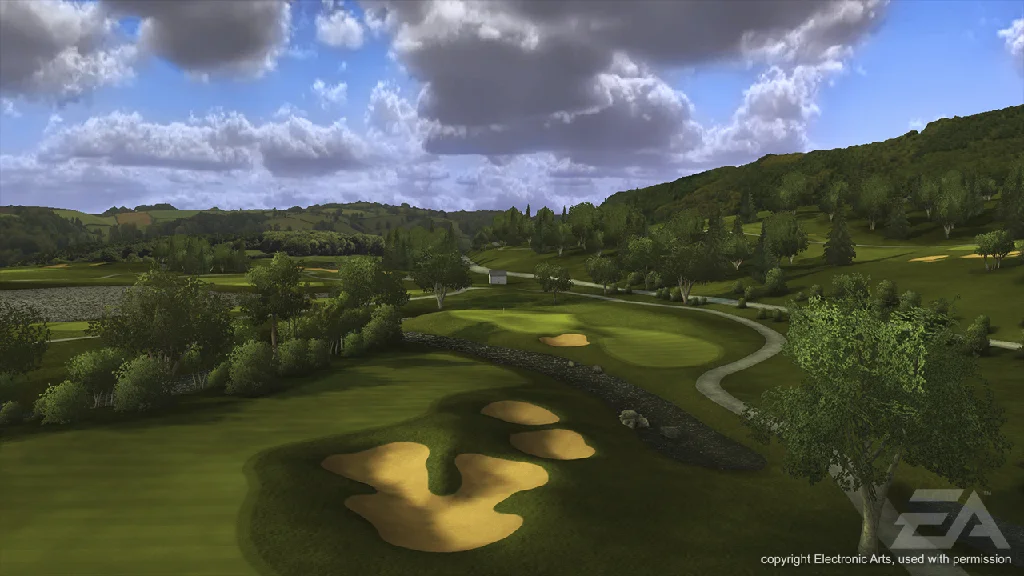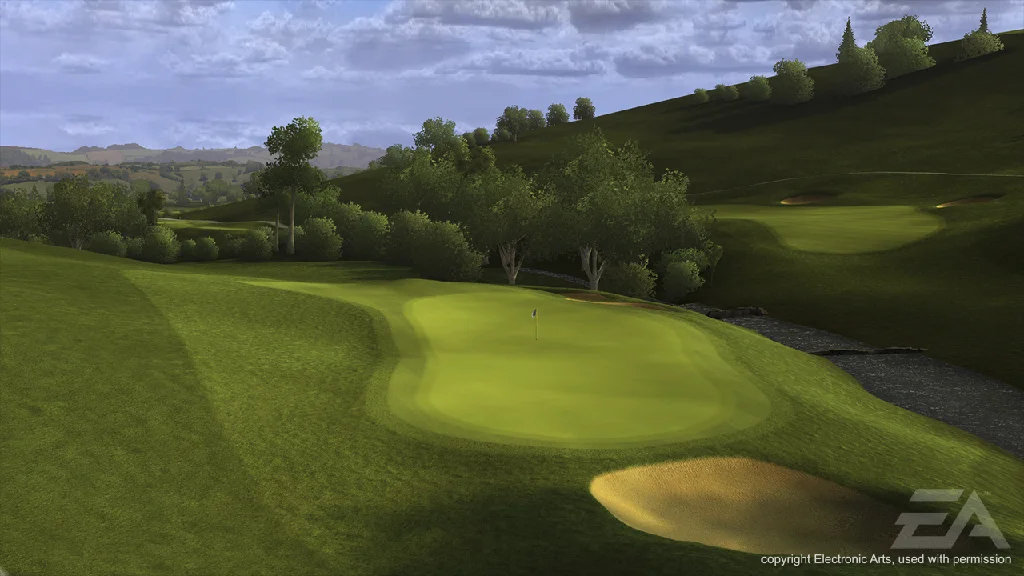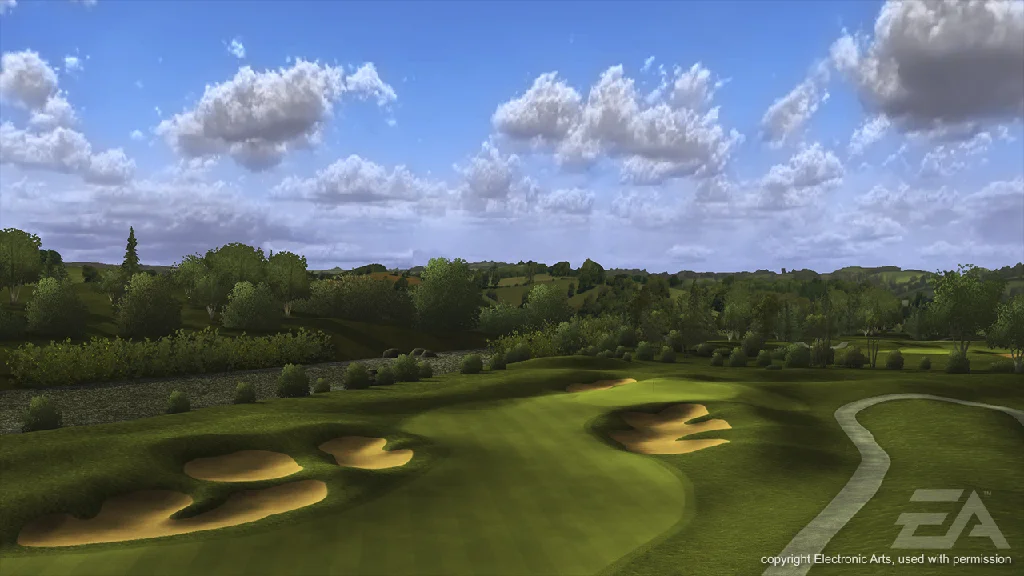EA Tiburon is the video game studio that in 2008, offered me my first opportunity straight out of graduate school to join the Tiger Woods team as an Environment Artist. By virtue of that trust, EA will always have my highest regard as the company that kick-started my professional career.
Joining EA was a dream come true and it didn’t take long for me to feel comfortable in the fast-paced production environment of the annually released Tiger Woods golf game. My immediate team was comprised of about 10 artists yet collectively, the Tiger team was 100+ strong with artists, animators, designers, and engineers all humming along towards a common goal of producing the next big golf hit.
Coming onboard as a young talent, I knew that I stood to benefit greatly from working alongside seasoned artists and that, was exactly how the cards folded for me. In a short amount of time, I learned all about the value of efficient pipelines and what it takes to produce, QA, and release high-quality assets for the PC, PS3, Xbox & Facebook versions of the game. In working across these platforms, I also learned how to adapt my production methods to be more versatile which in turn made my contributions to the team more valuable. This point is an important aspect of my journey at EA because it helped me get recognized as someone that consistently put out quality work, beat his deadlines, and took the early initiative to solve problems. This then led to being rewarded with higher levels of responsibility and more creative work which I embraced and was thankful for. All things said, this synopsis wouldn’t be complete if I didn’t mention Ross Harris, a lifelong video game developer and my technical lead on Tiger Online, who always took the time to share guidance, support, and encouragement. It was due to his mentorship and collaborative exposure, that I was able to refine my workflows, sharpen my skills and fill my tool bag with tips and tricks that I carry to this day.
Taking a step back from the production aspects of the role, EA also provided me with the invaluable perspective of what it takes to execute on a large scale with a multidisciplinary team. Seeing how developers forecast effort, assess risk, identify pitfalls, share feedback, and align on solutions — gave me the early insights into how to manage complex projects with lots of stakeholders. Perspectives such as this were critical in shaping my early understanding of the business and I am grateful to EA for giving me the opportunity to experience and learn from it firsthand.
Art Style
One of the most important skills I learned while working on the Tiger teams, was the ability to manipulate and tune existing textures in order to achieve the desired art style. The examples above illustrate 2 different versions of the TPC Boston golf course I created in 2009 – the left image was tuned for a realistic art style while the right was tuned for a more cartoony version of the game.
Tiger Woods PGA Tour Golf Challenge | Unity for Facebook
Pebble Beach | TPC Boston | Banff Springs
Images below are captured from Facebook Games and represent a sample of the golf courses I developed and tuned for this project. An interesting memory — I remember beating my deadline by a week on this project which allowed me to build and animate a few animals (see duck family!) all of which, made the final cut of the game.
Tiger Woods PGA Tour 2011 | XBOX360 & PS3
Fantasy Courses: Highlands | Emerald Dragon
Images below are captured from PS3 and Xbox 360 versions of the game. For this project, I was given creative freedom to author all of the fantasy structures and architecture for the Highlands and Emeral Dragon golf courses. This was the most exciting and creative task I took on at EA.
Tiger Woods PGA Tour Online | Unity for Browser
TPC Boston | Celtic Manor
Images below are captured from the web browser version of the game. More courses tuned in a realistic art style.

